Ursula Eicker047069744X, 9780470697443
The book is unique in including a large set of experimental results from years of monitoring actual building and energy plants, as well as detailed laboratory and simulation analyses. These demonstrate which systems really work in buildings, what the real costs are and how operation can be optimized – crucial information for planners, builders and architects to gain confidence in applying new technologies in the building sector.
Inside you will find valuable insights into:the energy demand of residential and office buildings;facades and summer performance of buildings;passive cooling strategies;geothermal cooling;active thermal cooling technologies, including absorption cooling, desiccant cooling and new developments in low power chillers;sustainable building operation using simulation.
Supporting case study material makes this a useful text for senior undergraduate students on renewable and sustainable energy courses. Practical and informative, it is the best up-to-date volume on the important and rapidly growing area of cooling.
Table of contents :
Low Energy Cooling for Sustainable Buildings……Page 1
Contents……Page 7
Preface……Page 11
About the Author……Page 13
1 Energy Demand of Buildings……Page 15
1.1.1 Heating Energy……Page 18
1.1.2 Domestic HotWater……Page 20
1.1.3 Electricity Consumption……Page 21
1.2.1 Heating Energy……Page 23
1.2.2 Electricity Consumption……Page 24
1.2.3 Air Conditioning……Page 27
1.3 Conclusions……Page 33
2 Façades and Summer Performance of Buildings……Page 35
2.1.2 Double Façades……Page 37
2.1.3 Modelling of Ventilated Façades……Page 41
2.2.1 Laboratory Experiments……Page 44
2.2.2 Building Experiments……Page 50
2.3.1 Double Façade Experiments……Page 54
2.3.2 Parameter Study Using Simulation……Page 57
2.4 Energy Production from Active Façades……Page 61
2.4.1 Thermal and Electrical Energy Balance of the Façade……Page 67
2.5 Conclusions on Façade Performance……Page 72
3 Passive Cooling Strategies……Page 75
3.1.1 Lamparter Building,Weilheim……Page 76
3.1.2 Rehabilitated Office Building in Tübingen……Page 78
3.2.1 Internal Loads and Temperature Levels……Page 79
3.2.2 Air Changes and Thermal Building Performance……Page 82
3.2.3 Simulation of Passive Cooling Potential……Page 85
3.2.4 Active Night Ventilation……Page 88
3.3 Summary of Passive Cooling……Page 93
4 Geothermal Cooling……Page 97
4.1.1 Earth to Air Heat Exchanger in a Passive Standard Office Building……Page 102
4.1.2 Performance of Horizontal Earth Brine to Air Heat Exchanger in the ebök Building……Page 107
4.1.3 Performance of Vertical Earth Brine to Air Heat Exchanger in the SIC Building……Page 109
4.1.4 Modelling of Geothermal Heat Exchangers……Page 116
4.1.5 Conclusions on Geothermal Heat Exchangers for Cooling……Page 122
5 Active Thermal Cooling Technologies……Page 125
5.1.1 Absorption Cycles……Page 127
5.1.2 Solar Cooling with Absorption Chillers……Page 131
5.2 Desiccant Cooling……Page 139
5.2.1 Desiccant Cooling System in the Mataró Public Library……Page 143
5.2.2 Desiccant Cooling System in the Althengstett Factory……Page 146
5.2.3 Monitoring Results in Mataró……Page 147
5.2.4 Monitoring Results in Althengstett……Page 151
5.2.5 Simulation of Solar-Powered Desiccant Cooling Systems……Page 159
5.2.6 Cost Analysis……Page 166
5.3 New Developments in Low-Power Chillers……Page 169
5.3.1 Development of a Diffusion–Absorption Chiller……Page 170
5.3.2 Liquid Desiccant Systems……Page 189
6 Sustainable Building Operation Using Simulation……Page 211
6.1 Simulation of Solar Cooling Systems……Page 212
6.1.1 Component and System Models……Page 215
6.1.2 Building Cooling Load Characteristics……Page 221
6.1.3 System Simulation Results……Page 225
6.1.4 Influence of Dynamic Building Cooling Loads……Page 230
6.1.5 Economic Analysis……Page 233
6.1.6 Summary of Solar Cooling Simulation Results……Page 239
6.2 Online Simulation of Buildings……Page 240
6.2.1 Functions and Innovations in Building Management Systems……Page 241
6.2.2 Communication Infrastructure for the Implementation of Model-Based Control Systems……Page 242
6.2.3 Building Online Simulation in the POLYCITY Project……Page 243
6.3 Online Simulation of Renewable Energy Plants……Page 252
6.3.1 Photovoltaic System Simulation……Page 253
6.3.2 Communication Strategies for Simulation-Based Remote Monitoring……Page 255
6.3.3 Online Simulation for the Commissioning and Operation of Photovoltaic Power Plants……Page 256
6.3.4 Summary of Renewable Energy Plant Online Simulation……Page 259
7 Conclusions……Page 263
References……Page 267
Index……Page 277
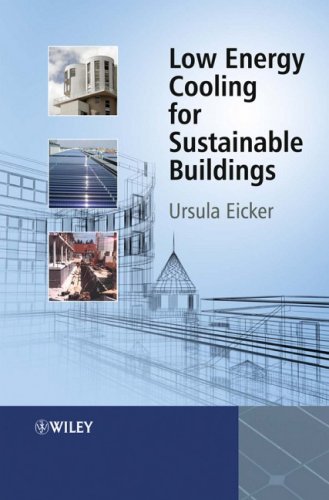
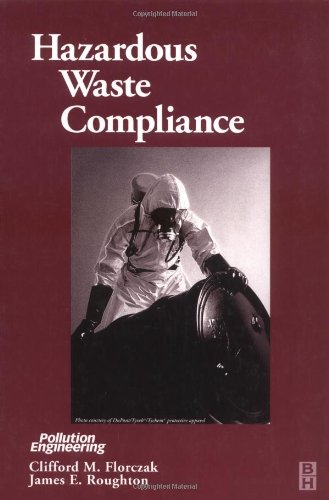

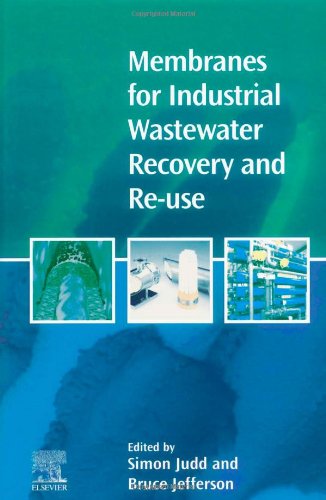
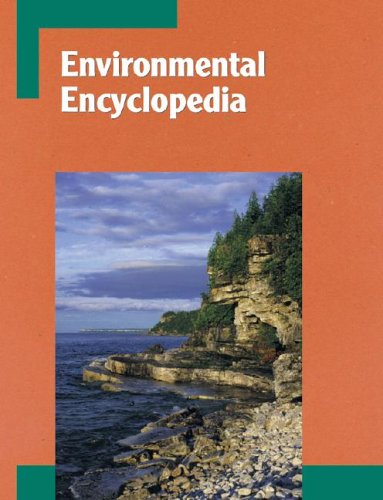
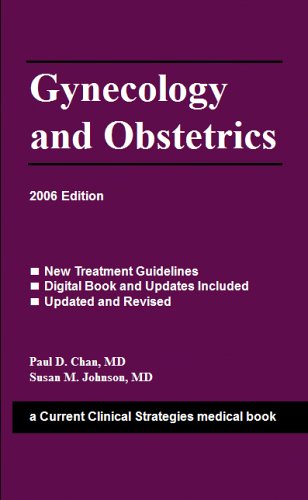

Reviews
There are no reviews yet.